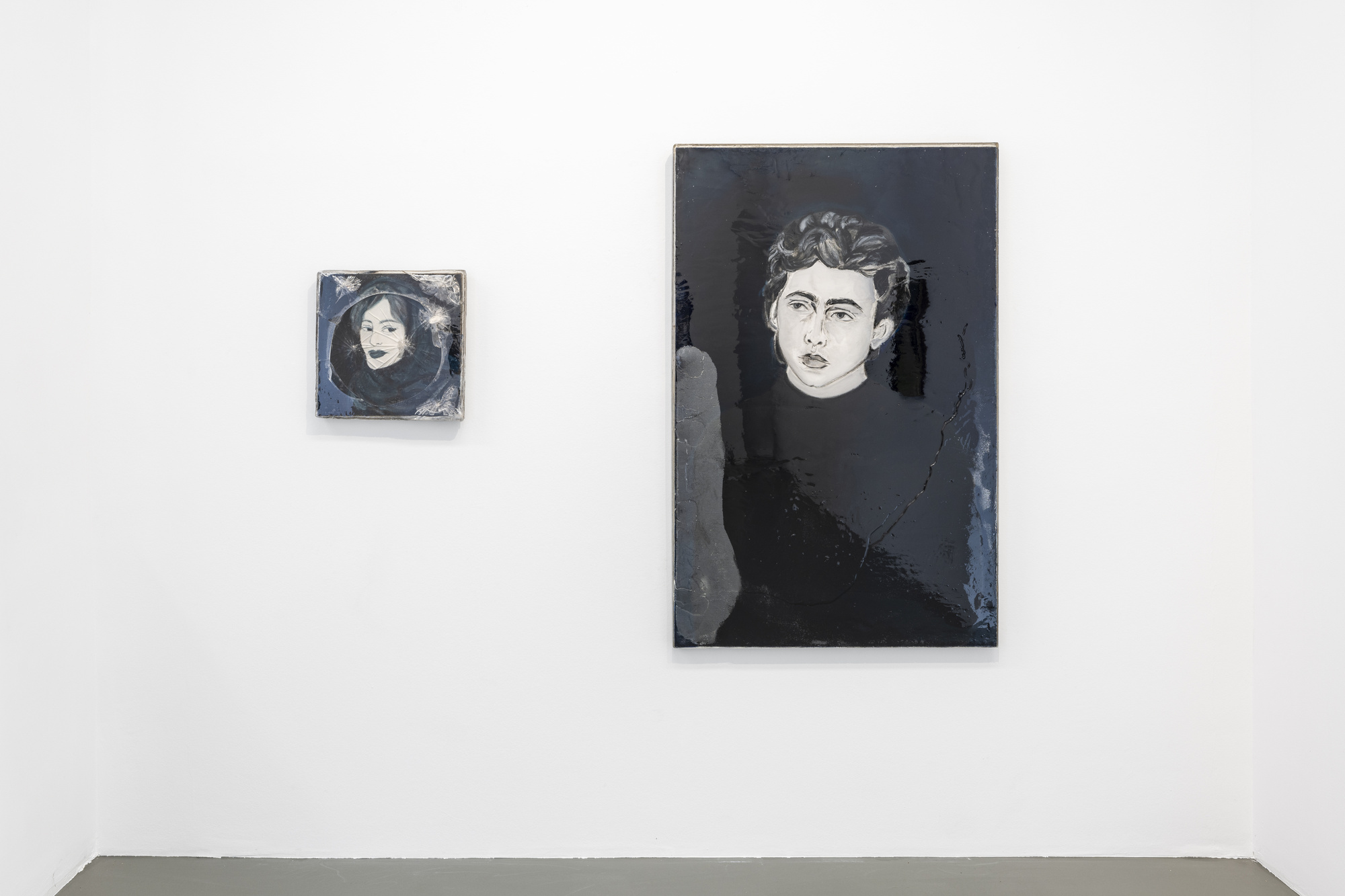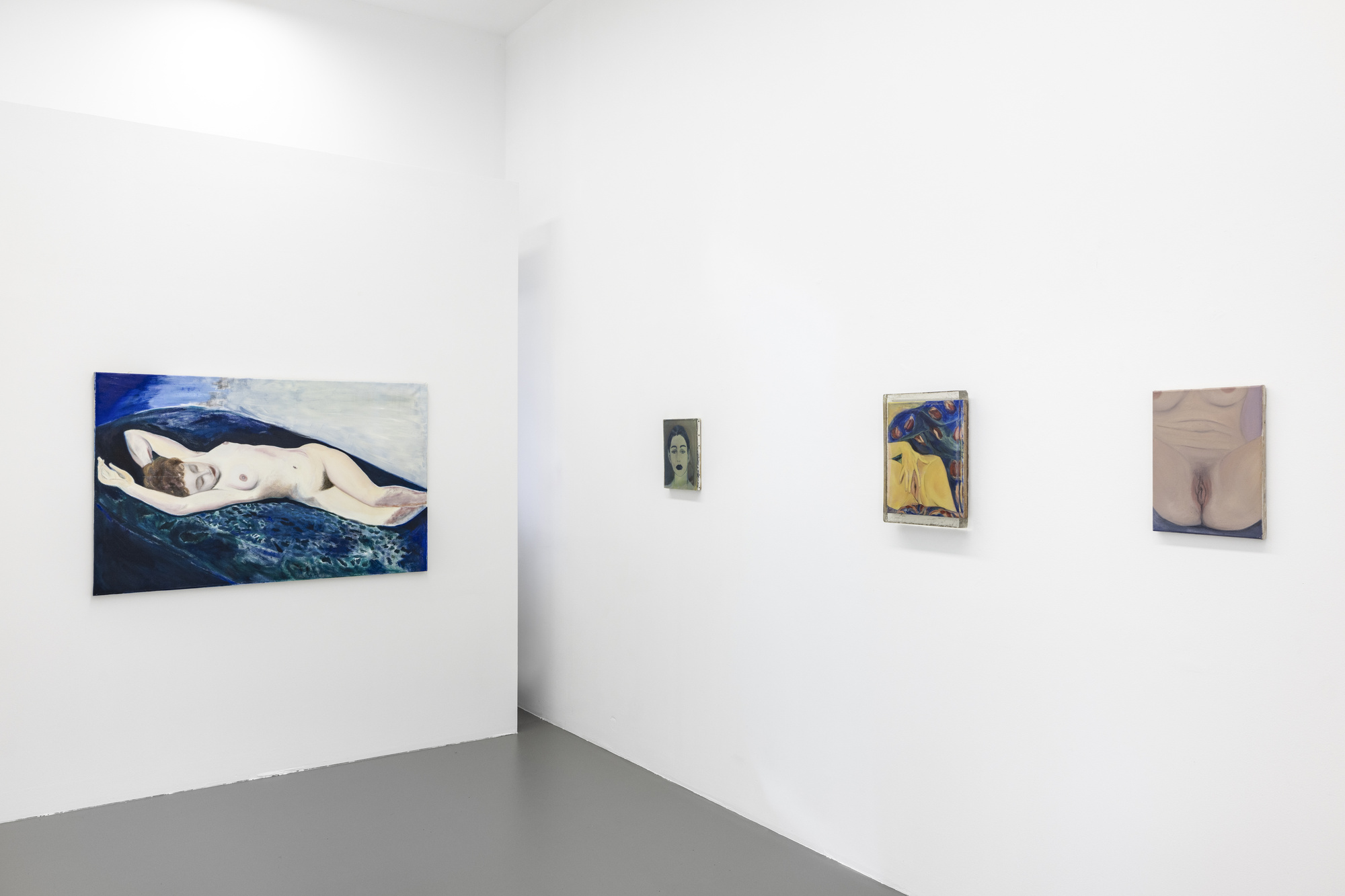Femininity, blood and flora, but also destruction, longing and despair are some of the motifs from which Klara Virnich draws a deep beauty. Her oeuvre ranges from painting and sculptural works to performances and video works, all of which mutually stimulate each other in a constant dialog and can be perceived and thought of both individually and intertwined. On the basis of culturally established topoi, she creates dreamlike, unconscious worlds that force their way into our reality with subtle artistic means and become fairytale-like, morbid horror scenarios. This becomes particularly clear in her performative works. The recurring allusions to iconic, but also stereotypical images of women are transformed into a personal story in which their connotations are reversed. A female perspective is stolen from the male gaze and, conversely, imposed on the male body in the same way. This becomes particularly clear in Virnich's painterly works, such as the group "Femmes Aquarelles" (watercolor on paper & kappa, continuous). The supposed fragility of the carnal body and one's own psyche is also exposed as resilience. She performatively hits canvases with a hammer, which she has previously coated with a thick layer of polyester resin. What remains are cracks that run through the glassy material like flowers. Traces of violence become an aesthetic device and leave the viewer with an unsettling cognitive dissonance. The work "Van" (Anthropometry, lipstick on fan, 2021/22) consists of numerous anthropometries of vulvas that have left kiss-like imprints on 100 silk fans with the help of lipstick paint, which spread out before our eyes like butterflies. We are reminded both of the almost menacing red mouths in Virnich's portraits of women and of Yves Klein's deep blue anthropometries, in which he objectified women's bodies with a brush. Here, too, the art-historical connotations of the female body are reversed in terms of color (blue to red), medium (silk fan instead of paper) and process. Not only because of the special feel of her aesthetic, which results from her material fetish, her works are characterized by an exuberant eroticism, but also by violence and the interplay between closeness and distance, intimacy and voyeurism. The overall picture of a contemporary condition féminine can be read from these complex structures.
Banu Alpsü



